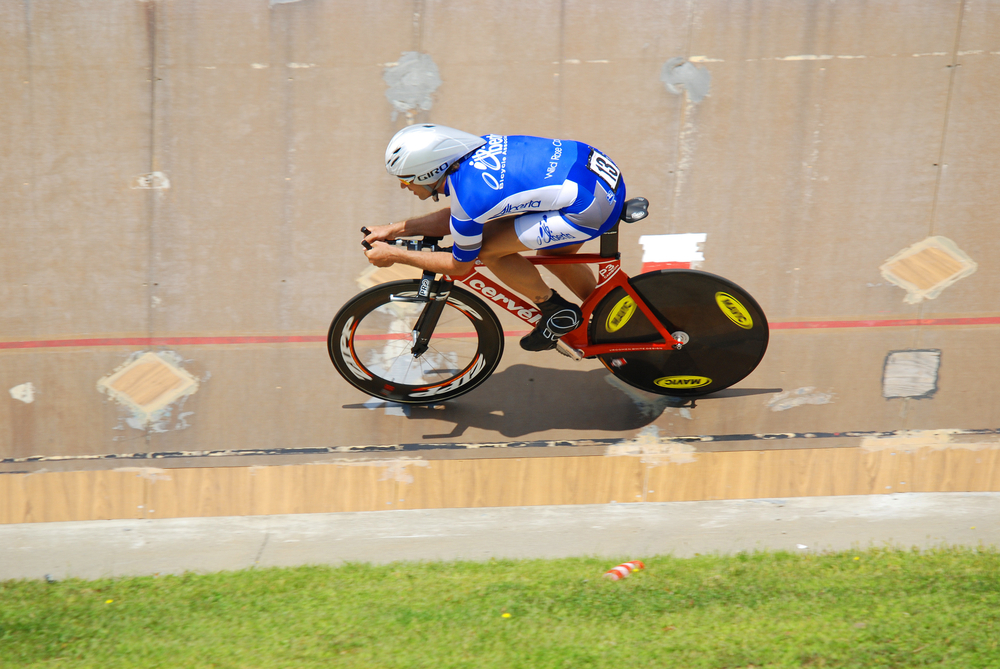Built for Impact: How Olympic Safety Helmets Protect Athletes

As U.S. Olympic cyclist Sarah Hammer whizzes around the track at London's Velodrome this weekend, and boxer Quanitta (Queen) Underwood serves up punches in her bouts, they'll have something in common with countless other Olympians, from horseback riders to kayakers — all will need to wear helmets to protect their heads from injury.
"It does get rough in there," Underwood said, referring to the boxing ring. "Sometimes you have to get wild and get crazy," she said in an interview with the National Science Foundation (NSF).
For Olympians, safety helmets must be designed to not only withstand falls and blows, but also to protect without interfering with the athlete's performance.
The helmets worn by Olympians vary. A boxer's helmet, for example, must protect against multiple blows, while a horseback rider's headgear has to protect against a single impact, such as a fall. Cyclists' helmets have to be designed with air resistance in mind. [Crash! See video of scientists testing helmets]
"As a designer, it’s a big challenge to develop helmets," said Nikhil Gupta, a professor of mechanical and aerospace engineering at the Polytechnic Institute of New York University, in an NSF interview.
Helmets have three layers, Gupta explained. They have a hard outer shell, a middle layer of stiff foam designed to absorb impacts, and an inner layer of more flexible foam, for the rider's comfort.
In his lab, Gupta tests the materials that are used to make safety helmets, including materials for aerodynamic cycling helmets and lightweight boxer helmets.
Get the world’s most fascinating discoveries delivered straight to your inbox.
One test of a helmet's performance involves firing a steel rod at material that will make up the helmets' inner layer, to examine how it deforms on impact.
Helmets must also be tested by athletes themselves to see how they hold up in real-world conditions, Gupta said.
Follow LiveScience on Twitter @livescience. We're also on Facebook & Google+.



